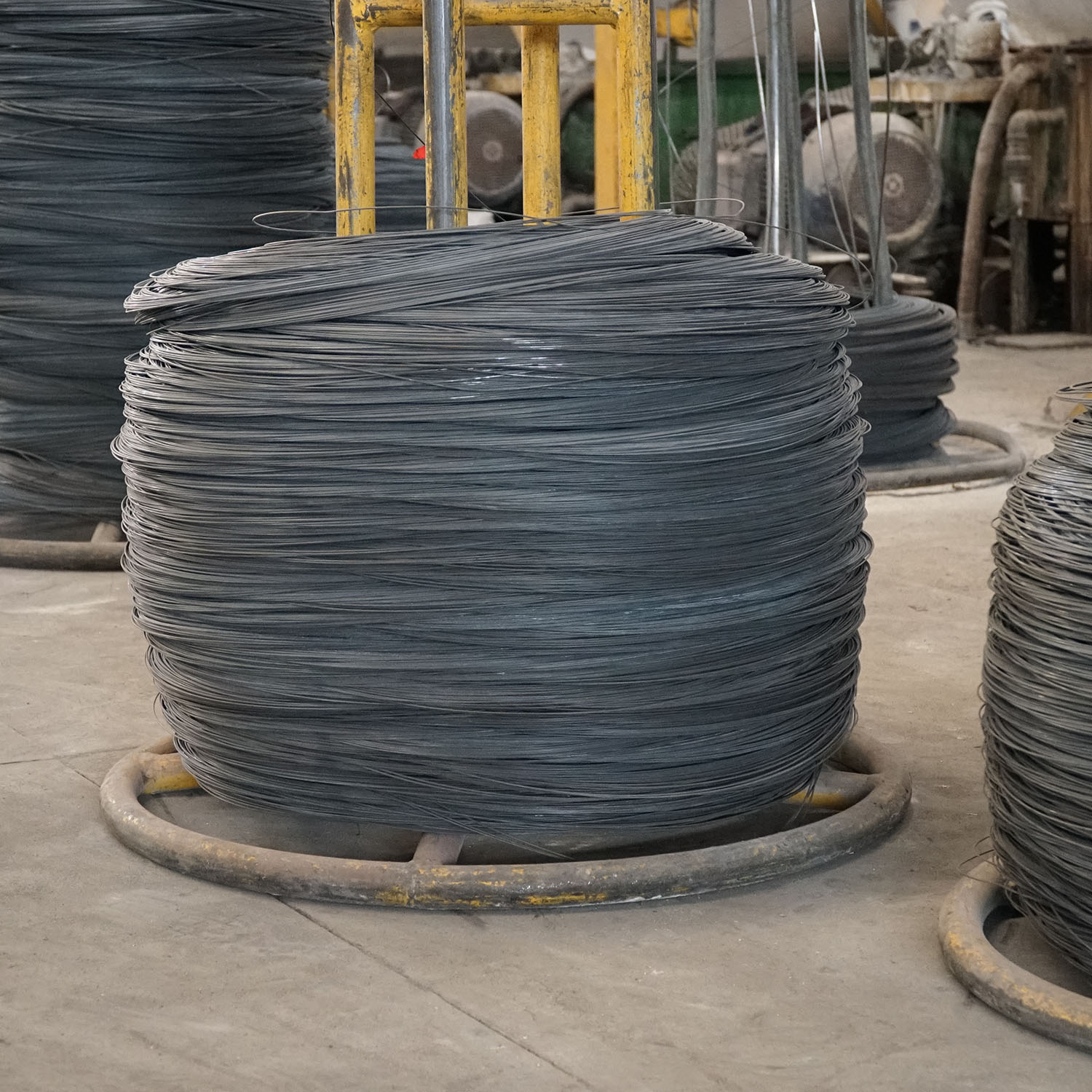Table of Contents
Benefits of Using Flat Steel Wire in Industrial Applications
Flat steel wire is a versatile material that is commonly used in various industrial applications due to its unique properties and benefits. From manufacturing to construction, flat steel wire plays a crucial role in ensuring the efficiency and durability of different products and structures. In this article, we will explore the advantages of using flat steel wire in industrial applications and how it can contribute to the overall success of a project.
One of the key benefits of using flat steel wire is its strength and durability. Flat steel wire is known for its high tensile strength, which makes it ideal for applications that require a sturdy and reliable material. Whether it is used in the construction of bridges, buildings, or machinery, flat steel wire can withstand heavy loads and harsh conditions without compromising its structural integrity. This strength and durability ensure that products made with flat steel wire have a longer lifespan and require less maintenance over time.
In addition to its strength, flat steel wire is also highly flexible and malleable. This flexibility allows manufacturers to shape and mold the wire into various forms and sizes to meet specific design requirements. Whether it is used as reinforcement in concrete structures or as a component in machinery, flat steel wire can be easily customized to fit the needs of a particular application. This versatility makes flat steel wire a popular choice among engineers and designers who are looking for a material that can adapt to different project specifications.
Another advantage of using flat steel wire is its cost-effectiveness. Compared to other materials, flat steel wire is relatively affordable and readily available in the market. This makes it a cost-effective option for industrial applications that require large quantities of wire. Additionally, the durability and longevity of flat steel wire mean that products made with this material are less likely to require frequent replacements or repairs, saving businesses time and money in the long run.
Furthermore, flat steel wire is resistant to corrosion and rust, making it suitable for outdoor and high-moisture environments. This corrosion resistance ensures that products made with flat steel wire maintain their structural integrity even in harsh conditions, reducing the risk of premature failure or damage. Whether it is used in fencing, automotive parts, or marine applications, flat steel wire can withstand exposure to moisture, Chemicals, and other corrosive elements without deteriorating over time.
In conclusion, flat steel wire offers a wide range of benefits for industrial applications, including strength, flexibility, cost-effectiveness, and corrosion resistance. Its unique properties make it a versatile and reliable material that can be used in various industries to enhance the performance and longevity of products and structures. Whether it is used in construction, manufacturing, or engineering, flat steel wire continues to be a popular choice among professionals who are looking for a durable and efficient material for their projects.
How to Choose the Right Steel Wire Post for Your Fencing Needs
When it comes to choosing the right steel wire post for your fencing needs, there are several factors to consider. One of the most important considerations is the type of wire that will be used with the post. Flat steel wire is a popular choice for fencing because of its strength and durability. This type of wire is often used in agricultural fencing, as it can withstand the weight of heavy livestock and is resistant to rust and corrosion.
Another important factor to consider when choosing a steel wire post is the height of the fence. Steel wire posts come in a variety of heights, so it is important to choose a post that is tall enough to provide the necessary level of Security for your property. Taller posts are typically used for perimeter fencing, while shorter posts are often used for decorative fencing or to contain smaller animals.
In addition to considering the type of wire and the height of the fence, it is also important to think about the spacing of the posts. The spacing between posts will depend on the type of wire that is being used and the purpose of the fence. For example, if you are using flat steel wire for a livestock fence, you will need to space the posts closer together to prevent animals from pushing through the fence. On the other hand, if you are using steel wire for a decorative fence, you may be able to space the posts further apart.
When choosing a steel wire post, it is also important to consider the material of the post itself. Steel wire posts are typically made from galvanized steel, which is coated with a layer of Zinc to protect against rust and corrosion. Galvanized steel posts are durable and long-lasting, making them a popular choice for fencing projects.
In addition to considering the type of wire, the height of the fence, the spacing of the posts, and the material of the post, it is also important to think about the overall design of the fence. Steel wire posts come in a variety of styles and designs, so it is important to choose a post that complements the aesthetic of your property. Whether you are looking for a traditional post with a simple design or a more decorative post with intricate detailing, there are plenty of options to choose from.
In conclusion, choosing the right steel wire post for your fencing needs is an important decision that should not be taken lightly. By considering factors such as the type of wire, the height of the fence, the spacing of the posts, the material of the post, and the overall design of the fence, you can ensure that you select a post that meets your needs and complements the aesthetic of your property. With the right steel wire post, you can create a secure and attractive fence that will enhance the Beauty and functionality of your property for years to come.


